Protecting the Texas environment through conservation, research and utilization of native plants
Native Plant Database
Search for plants that fit your landscape by soil type, sun/shade, height, and more
Native Plants ...
Are drought-tolerant, naturally conserving our precious water resources
Provide habitat and food for birds, butterflies, bees and other wildlife
Don’t need special pampering or fertilizing
Are natural to their ecosystem
Help us maintain biological biodiversity
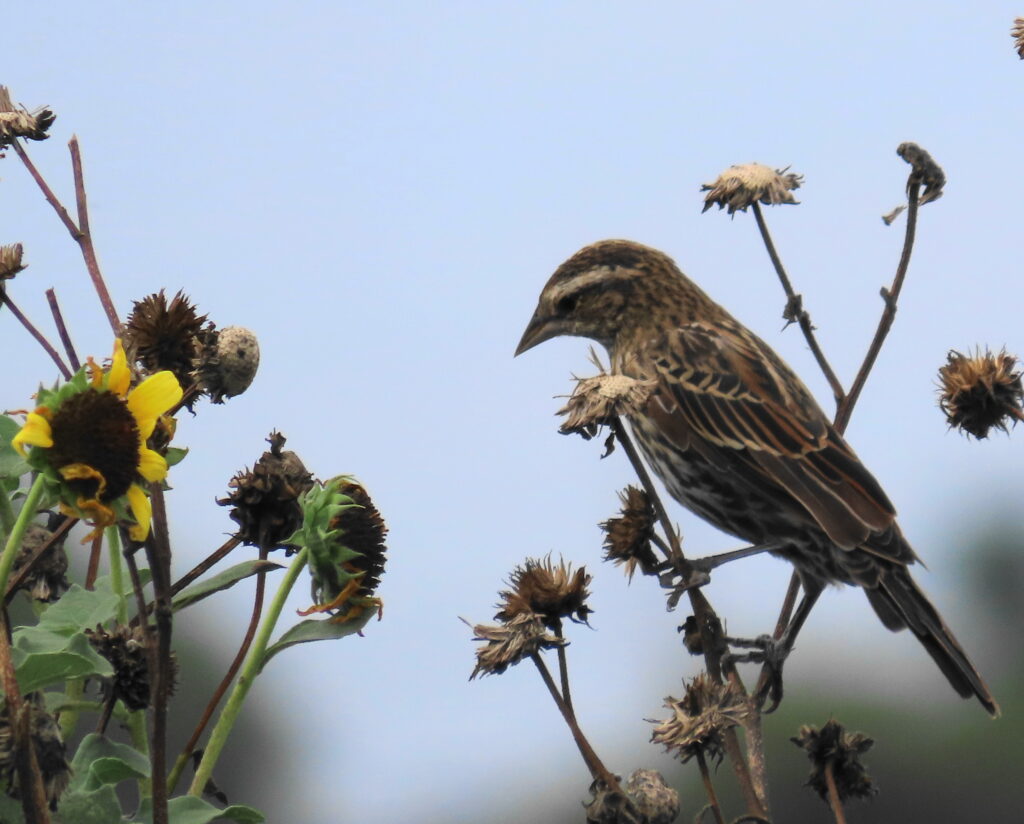
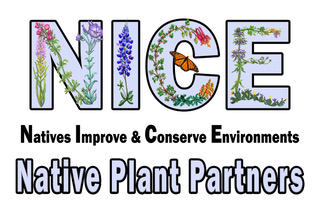
Shop Native Plants Near You!
The Native Plant Society of Texas partners with local nurseries and growers. Learn more about our NICE Program and start shopping.
Latest Chapter News
Local chapters across the state help promote the Native Plant Society of Texas mission while providing a social context which many members enjoy. Each chapter chooses projects according to the interests of their members, and organizes local field trips, meetings, plant sales and other events. Most chapters publish their own websites and newsletters.
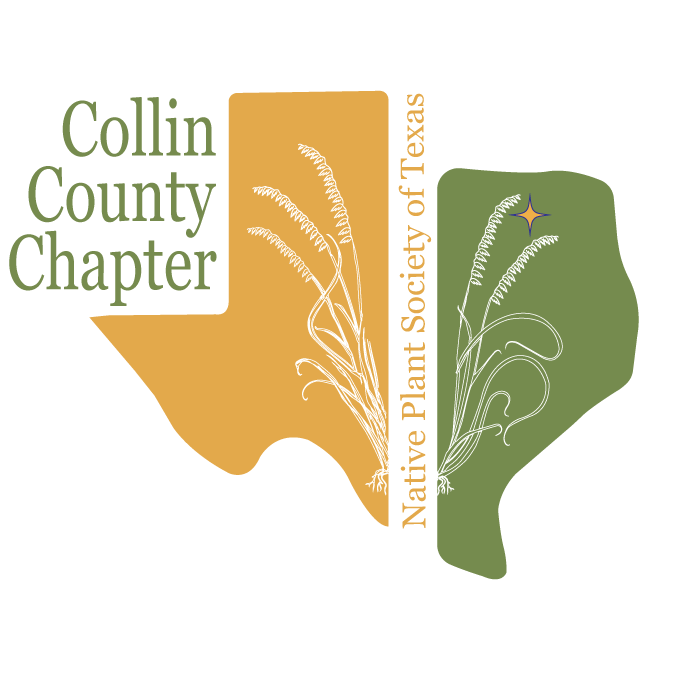
Chapter Meeting Updates
This is a reminder that our chapter will not be

Celebrate the Blackland Prairie Raptor Center’s 20th Year Anniversary
The Blackland Prairie Raptor Center is holding a Gala Night on Saturday
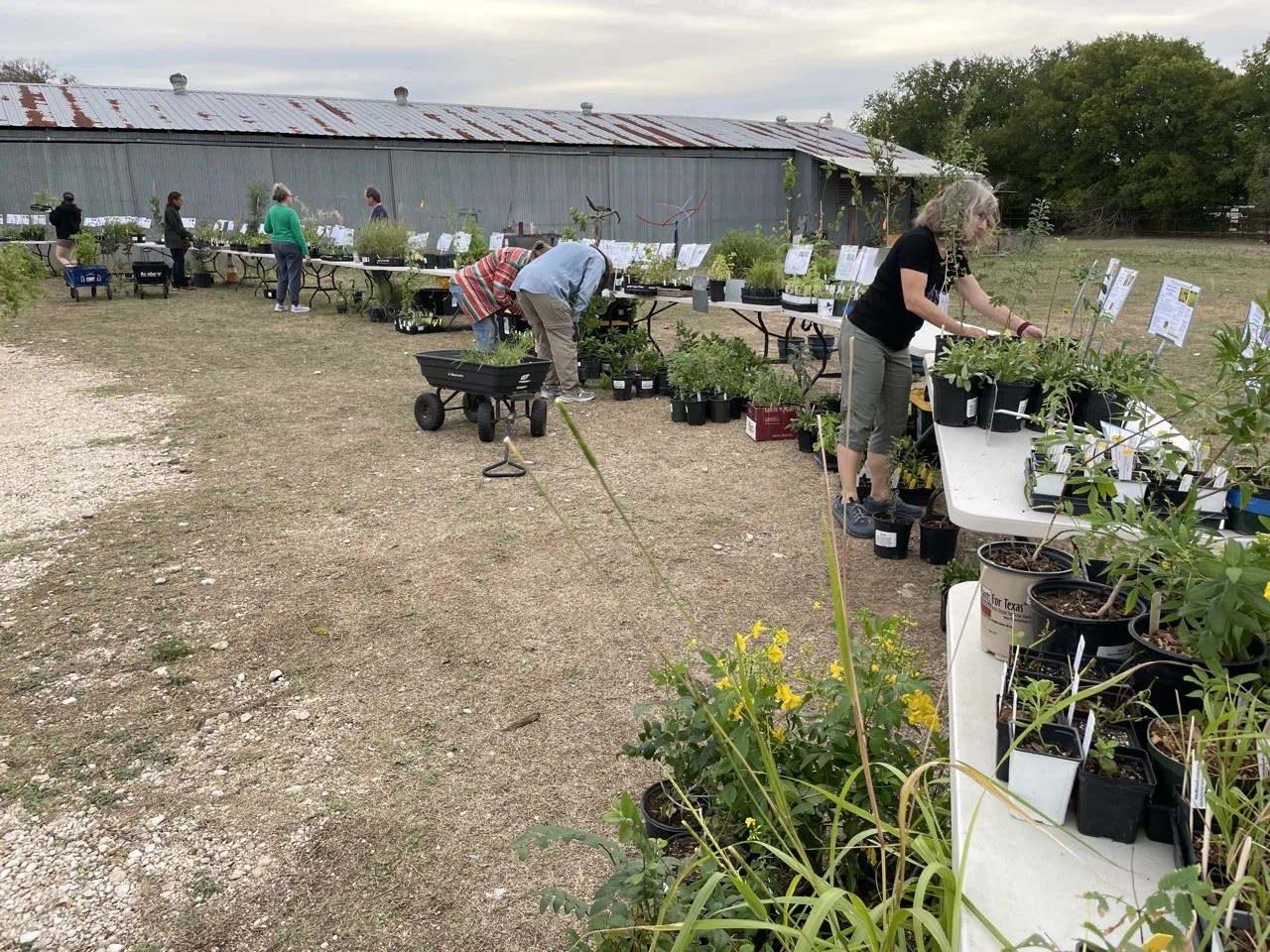
NPSOT Austin Fall Native Plant Sale Coming Up
The NPSOT Austin Fall 2024 plant sale is coming up
Where to see native plants
Chapter members support native plant gardens, or Chapter Demo Gardens, in many cities and parks in Texas.
Classes and Native Landscape Certification
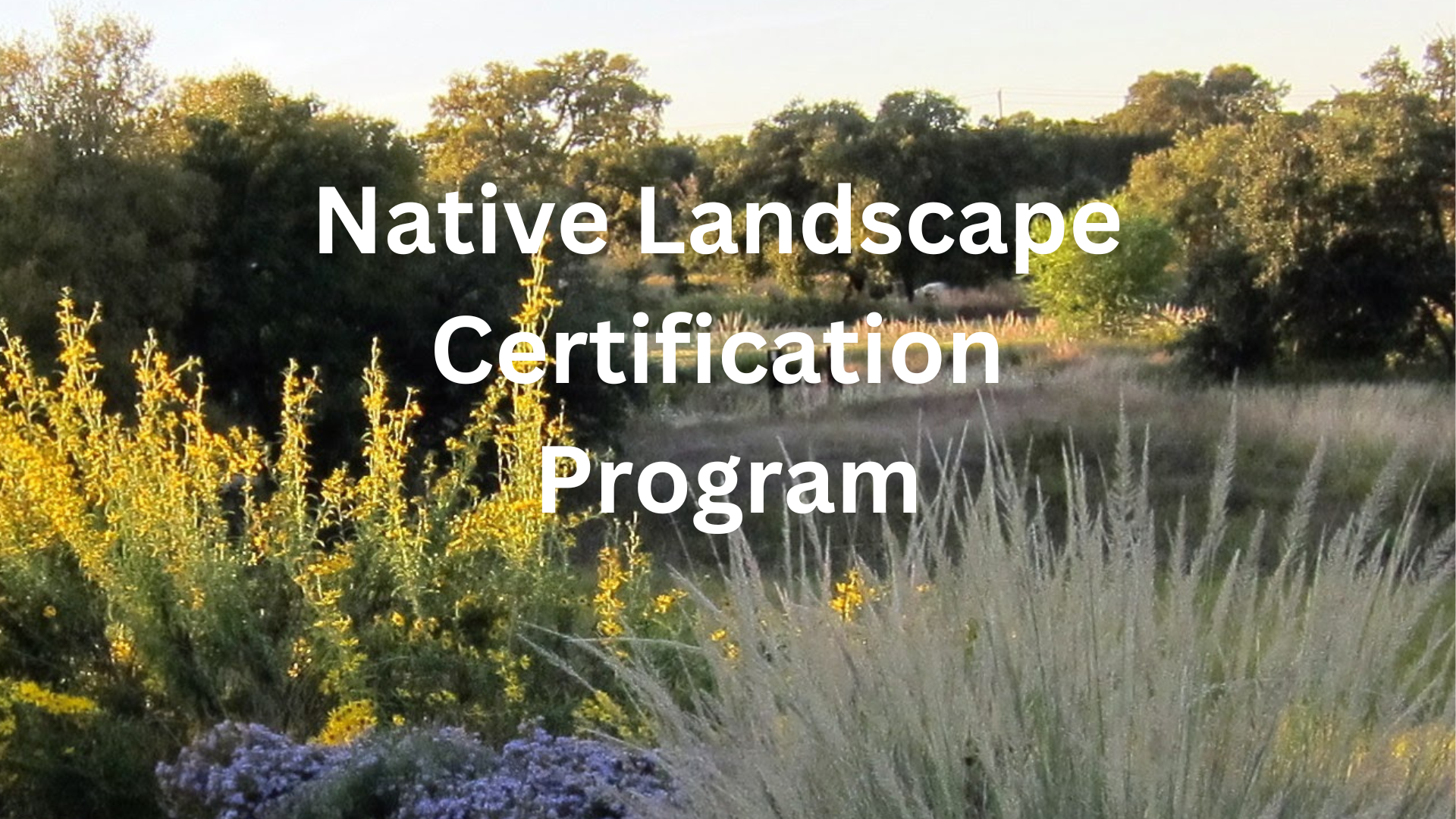
Class Descriptions
Level 1 is a prerequisite for Level 2 and for Level 3. Subsequent levels may be taken in any order. NLCP is a state-wide program, but classes focus on the
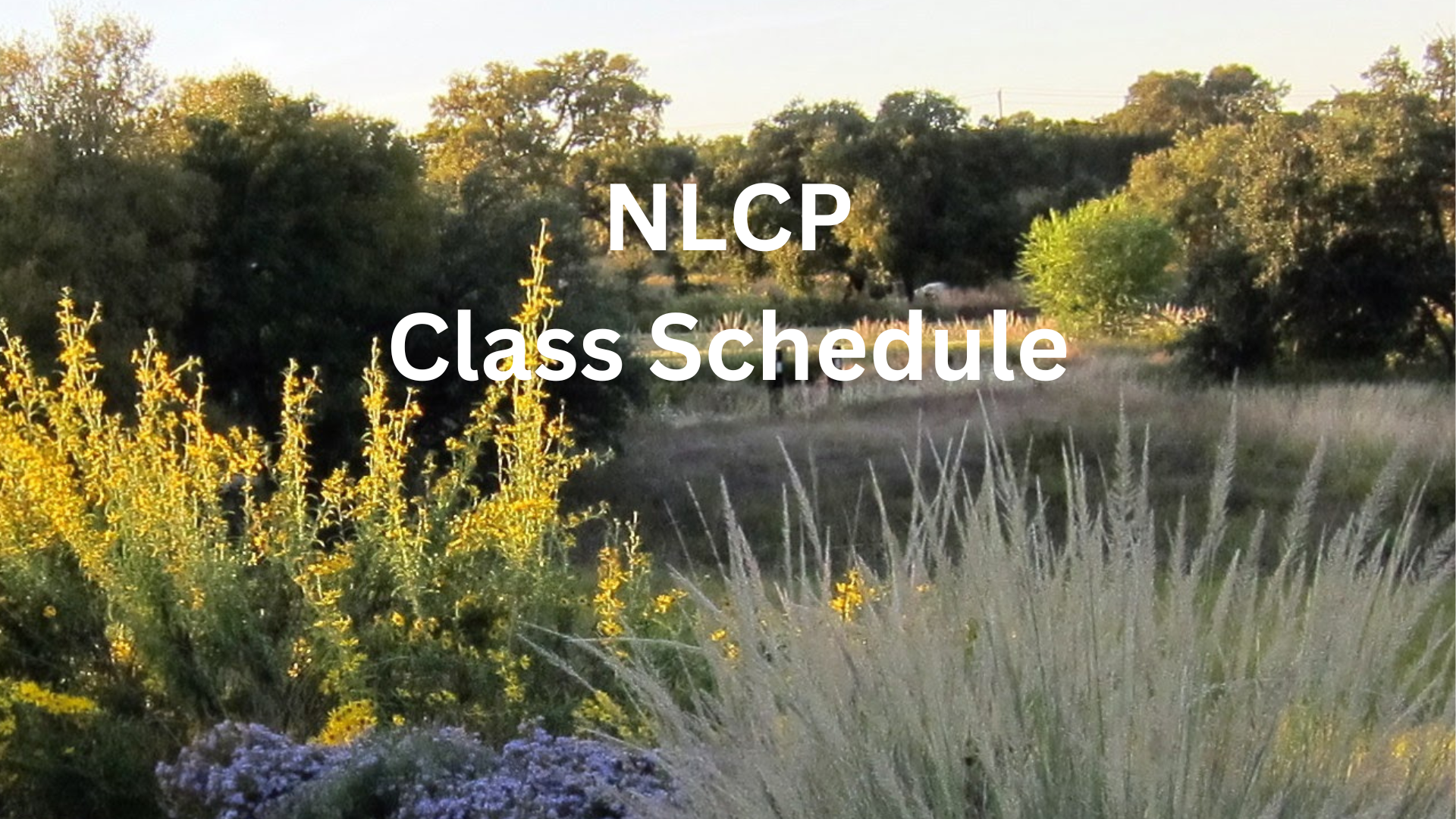
Native Landscape Certification Program
Fall 2024 Schedule Classes are consistent across the state but focus on the characteristics and plants of the region in which they are taught. Please register for classes located in
Gardening for Monarchs
Monarch & Milkweed Resources
Learn about Monarchs Learn about the Monarch Butterfly Learn about Milkweed Texas Parks and Wildlife Identification of Milkweeds (Illustrated Guide) Learn about Butterfly Gardens Wildflower Center guide to making
Monarch Waystation Requirements
Monarch Waystations are places that provide all the resources necessary for monarchs to produce successive generations and sustain their migration. A Monarch Waystation needs milkweeds, nectar plants, and some kind of
Garden Grants
Monarch Garden Grants The Native Plant Society of Texas awards small grants to nature centers, schools, educational groups and others to help fund development of Monarch demonstration gardens or Monarch Waystations
Texas Native Plants Member Magazine
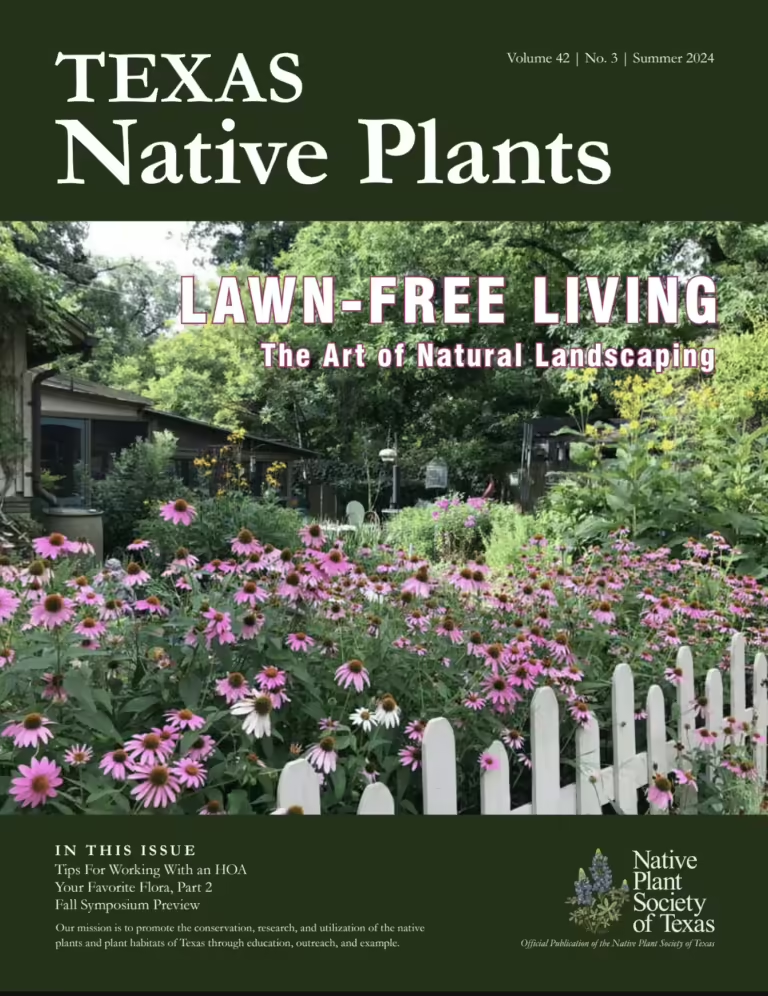
Summer 2024 Member Magazine

Spring 2024 Member Magazine

Winter 2024 Member Magazine
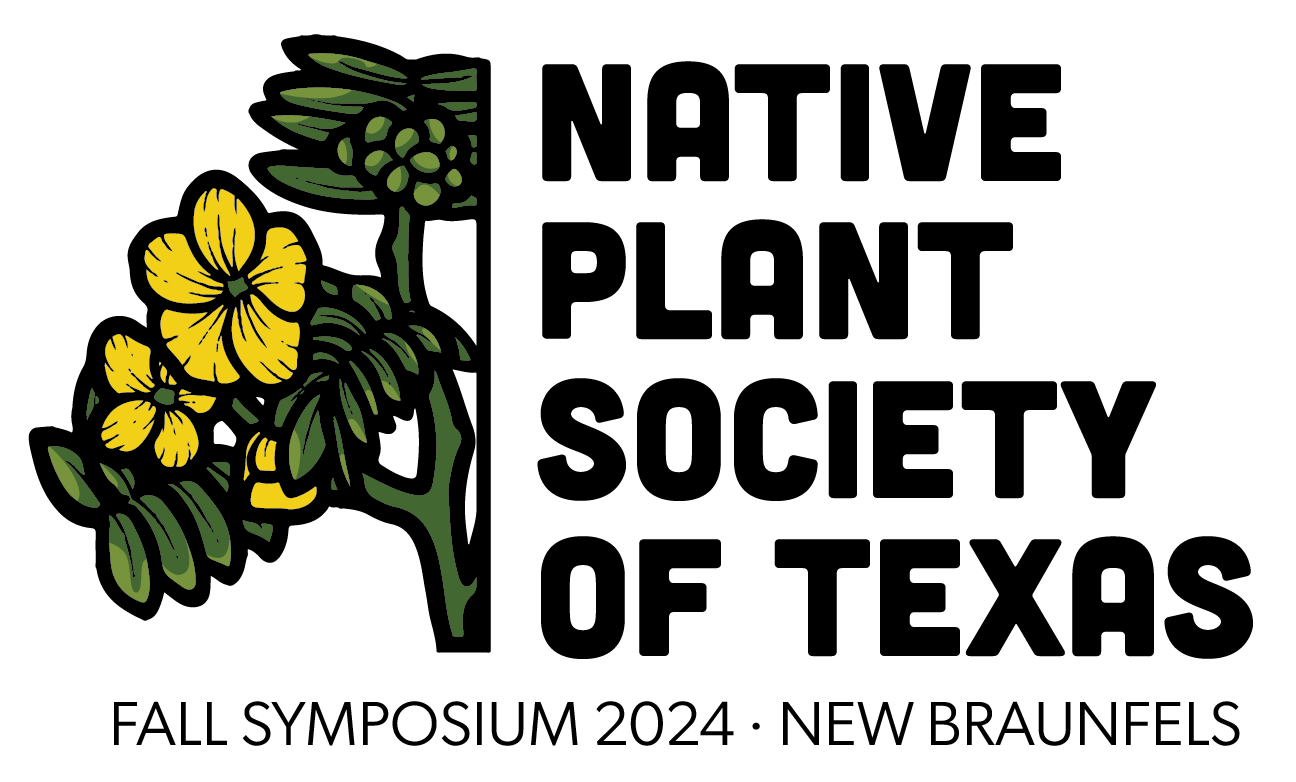
IT'S NOT TOO LATE! REGISTER BEFORE 10/11/24 FOR THE VIRTUAL EVENT!
In-person registration has closed but you can still enjoy two days of live-streaming speakers and receive recordings to view on your own schedule!
Featured
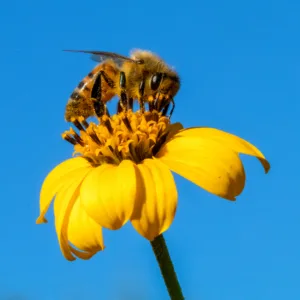
Spread the word – academic grants process opens soon! Applications for the graduate level Ann Miller Gonzales Graduate Research Grant will be accepted from September 1 – October 15.


